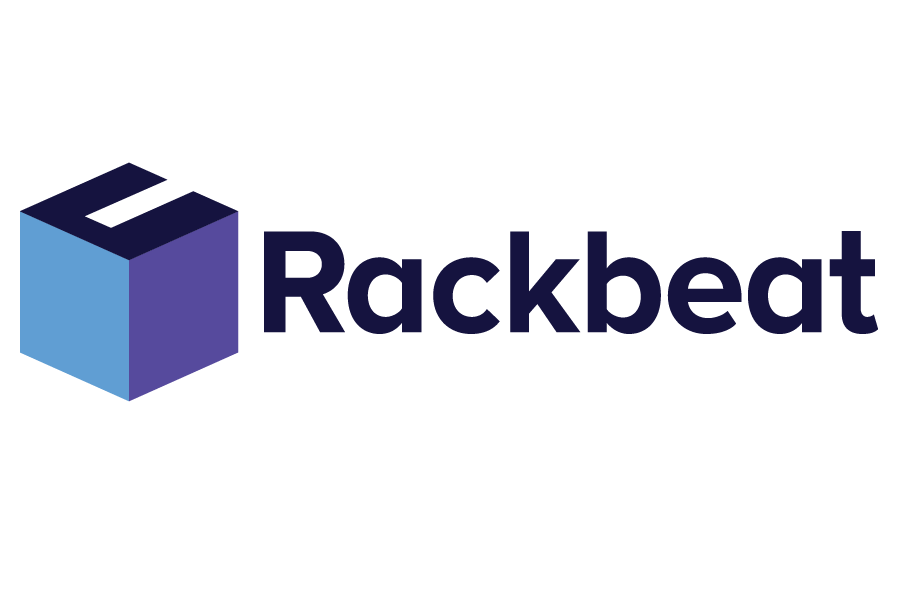Active Warehouse Management
Active warehouse management refers to a proactive approach to managing, monitoring, and optimizing the entire flow of goods within a warehouse – from receiving and storage to picking and dispatch. It's not just about “keeping track of inventory,” but about continuously analyzing, adjusting, and acting to ensure that the warehouse operates efficiently and supports the company’s growth and operations.
In contrast to passive warehouse management, which is primarily reactive and deals with issues as they arise, active warehouse management is strategic and data-driven. It focuses on continuously optimizing space, processes, and resources.
Rackbeat June 27, 2025
Why Is Active Warehouse Management Important?
Active warehouse management is essential if you want to:
Reduce wasted space and make the most of your available warehouse capacity
Improve picking times and delivery performance
Minimize capital tied up in inventory and improve liquidity
Prevent errors in receiving and dispatch
Boost customer satisfaction through accurate order management
By taking control of your warehouse operations, you save time and money while avoiding unnecessary bottlenecks. It also provides your business with greater flexibility and makes you better equipped to handle fluctuations in demand or supply chain disruptions.
Key Elements of Active Warehouse Management
To manage your warehouse actively and strategically, you need to focus on a set of core areas that together create an efficient and adaptable operation. These include:
1. Real-time inventory data via a modern WMS
An effective Warehouse Management System (WMS) is the foundation of active warehouse management. It provides real-time insights into your inventory, showing where products are located, how much space is available, and what orders are incoming or outgoing. With accurate, up-to-date data, you reduce manual errors, avoid overstocking, and streamline your entire order flow.
2. Purchasing management based on inventory levels and reorder points
A warehouse management system allows you to take a more structured and demand-driven approach to purchasing. By setting minimum stock levels for your items, you’ll automatically receive alerts when it’s time to reorder – helping you avoid both stockouts and overstocking.
This gives you greater control over your purchasing management and makes it easier to plan based on actual consumption and demand – especially during peak periods or unexpected changes.
3. Efficient order management aligned with warehouse capacity
When order management is in sync with your available warehouse capacity, you avoid bottlenecks and delays. Active warehouse management means prioritizing and processing orders based on what’s feasible in your current setup – for example, picking the most accessible items first or combining shipments that go to the same location. This saves both time and resources.
4. Optimal Use of Available Warehouse Capacity
Knowing and monitoring your available storage space helps you plan more effectively. You avoid underutilized areas, overcrowded shelves, and last-minute reorganizations – simply because you know where space is available. This improves warehouse flow and increases throughput, especially when capacity is taken into account during receiving and purchasing planning.
5. Picking and placement strategies that reduce movement and increase efficiency
A key component of active warehouse management is ensuring that goods are placed and picked in the most efficient way. This can include:
Grouping high-turnover items near the packing area
Using zone layouts or ABC classification
Reducing walking distances for warehouse staff
With a smart strategy for storage and picking, you save time, reduce errors, and accelerate deliveries.
Active Warehouse Management and Your Bottom Line
Working actively with your warehouse operations doesn’t just improve physical logistics – it has a direct and measurable impact on your business performance. A well-organized warehouse isn’t just a necessity; it’s a competitive advantage.
Here are some of the tangible benefits:
1. Lower inventory levels = better cash flow
By maintaining a leaner, demand-driven stock, you avoid tying up capital in slow-moving goods. Active warehouse management helps you purchase smarter and only what you actually need – freeing up liquidity for other areas such as marketing or product development.
2. Fewer errors and returns = happier customers
With structured processes and reliable systems in place for both order management and WMS, you reduce the risk of incorrect deliveries, wrong quantities, or late shipments. That means fewer complaints, less time spent fixing mistakes – and more loyal customers who appreciate fast and accurate service.
3. Faster deliveries = stronger competitive edge
When your warehouse is well-organized, picking is efficient, and space is properly utilized, you can process and ship orders faster than your competitors – which is a key decision factor for many buyers today.
Active Warehouse Management in Practice – with Rackbeat
With Rackbeat, you get the right tools to implement active warehouse management in your business – whether you run a webshop, wholesale company, or production setup. Rackbeat brings together inventory management, WMS, purchasing and order control in one intuitive system that gives you:
A real-time overview of your inventory
Reorder notifications and structured purchasing workflows
Efficient handling of both inbound and outbound logistics
Dynamic follow-up on open orders and picking processes
All cloud-based – so you’re always in control, no matter where you are.
Want to Learn More About Warehouse Optimization?
If you’d like to dive deeper into how active warehouse management can improve your business, sign up for Rackbeat’s monthly newsletter. You’ll get expert tips, strategies, and helpful guides straight to your inbox – every month.


